Amdo Tibet Tour
As an important part of vast Tibet, Amdo is located at the edge of the Tibetan area. Historically, it has been a multi-ethnic area and formed unique Amdo culture with Tibetan culture being its focus in the process of national integration. Many celebrities came forth in large numbers from here, such as Tsongkhapa, Gendun Chopel, 10th Panchen Lama, 14th Dalai Lama, etc.
The Amdo Tibet tour takes you to visit prestigious Tibetan Buddhist monasteries, such as Taer Monastery, Labrang Monastery and explore a cultural melting pot consisting of Tibetan, Han, Hui, Mongolian, Qiang and other minorities, who coexist with Amdo culture. With our tourist-friendly services, you are expected to gradually unveil the mystery of Tibetan Amdo.
Most Popular Amdo Tibet Tours
Designed by our local travel experts, the customized Amdo Tibet tour brings you ultimate freedom and flexibility to fulfill your travel inspiration. Both for solo travelers and a family visit or traveling with friends,etc, our top local leaders and attentive services like hotel booking and the transfer will have you covered. You may choose to visit the home of 14th Dalai Lama or enjoy a scenic stroll around serene Lake Qinghai or camp at Kusum, etc. The incredible Buddhist vibes and amazing landscapes will leave you spellbound. Check the following samples tours and work with our travel consultants to make yours.
-
![]() 4 Days Short Amdo Tibet Tour from Xining to TongrenView Details
4 Days Short Amdo Tibet Tour from Xining to TongrenView DetailsXining-Xunhua-Tongren(Repkong) Longwu monastery Tour
This short Amdo Tibet tour from Xining to Tongren will take you to experience nomad’s life, explore Tibetan traditional paintings, and enjoy beautiful Tibetan plateau scenery.
-
![]() 5 Days Experience Tibetan Life Tour from Xining to TongrenView Details
5 Days Experience Tibetan Life Tour from Xining to TongrenView DetailsXining-Tongren(Repkong),(hometown of 14th Dalai Lama)
This short tour from Xining to Tongren is designed to experience Tibetan life roughly, witness the producing process of Tibetan traditional Thangkas.
-
![]() 5 Days Amdo Tibet Nomadic Life Experience TourView Details
5 Days Amdo Tibet Nomadic Life Experience TourView DetailsXining - Tongren(Repkong) - Kusum - Camping at Kusum
The 5-day tour from Xining to Kusum via Tongren will take you to experience nomadic life in Amdo Tibet Area. A two-night camping at Kusum will make your tour more interesting.
-
![]() 5 Days Short Xining Surrounding TourView Details
5 Days Short Xining Surrounding TourView DetailsXining-Qinghai Lake, Ta’er & Serdzong Monastery
The short Xining tour takes in the highlights of Xining, like Taer Monastery, Qinghai Lake and Serdzong Monastery. Choose this tour, you can enjoy both natural beauty and cultural feast of Xining.
-
![]() 6 Days Amdo Tibet Exploration TourView Details
6 Days Amdo Tibet Exploration TourView DetailsXining-Qinghai Lake-Serdzong-Huashixia- Mt. Amnye Machen Tour
This Amdo Tibet tour starting at Xining will take you to visit the beautiful Qinghai Lake, ancient Serdzong Monastery, holy Mt. Amnye Machen and experience nomadic life on the Qinghai-Tibet Plateau.
-
![]() 6 Days Tibetan culture and nomadic life in Amdo AreaView Details
6 Days Tibetan culture and nomadic life in Amdo AreaView DetailsXining-Tongren(Repkong)-Rongwu-Xiahe-Langmusi Tour
The tour from Xining to Tongren, Xiahe and Langmusi will take you to explore ancient monasteries in the Amdo Tibet Area and nomadic life on the Tibetan plateau.
-
![]() 9 Days Amdo Area Tour, Tongren, Hometown of the 14th Dalai LamaView Details
9 Days Amdo Area Tour, Tongren, Hometown of the 14th Dalai LamaView DetailsXining-LijiaXia-Tongren(Repkong)-Xiahe-Lanzhou Tour
This tour from Xining to Lanzhou is designed for you to visit Amdo Tibetan area. No Tibet travel permit is required. Amdo alongside with U-Tsang and Kham make up the three traditional Tibetan areas.
-
![]() 10 Days Lanzhou- Jiuzhaigou- Sichuan-Chengdu TourView Details
10 Days Lanzhou- Jiuzhaigou- Sichuan-Chengdu TourView DetailsLanzhou-Xiahe-Jiuzhaigou-Chengdu
This tour from Lanzhou to Chengdu via famous Jiuzhaigou takes in several famous tourist sites, Labrang Monastery - the largest Tibetan Monastery outside Tibet, Huanglong and Jiuzhaigou Scenic Areas. At last, you can get close to lovely Pandas in Cheng
Most Asked Questions about Amdo Tibet Tour
Where is Amdo region?
Why choose to take an Amdo Tibet tour?
If you are planning a trip to the old Amdo area of ancient Tibet, now in Qinghai Province, then the required documents are relatively simple. While it is an area where Tibetans live in the traditional manner, there is no requirement to have all the documents that are needed for the Tibet Autonomous Region. All you need in order to visit Amdo is the standard Chinese Entry Visa.
For those traveling to the Tibet Autonomous Region, you will need additional documents, on top of the Chinese Entry Visa. Known as the Tibet Travel Permit, this document is required for all international visitors to Tibet, and can only be obtained after booking a tour to Tibet with us.
When is the best time for Amdo Tibet tour?
How about the accommodation conditions in Amdo Tibet?
The most classic and recommended food in Amdo Tibet?
What are the must-sees for Amdo Tibet?
Quick Inquiry

More Useful Information about Amdo Tibet Tour Planning
If you are planning to enjoy a Amdo Tibet tour, yet have no ideas of how to sort it out the details, no worries! We would like to hear your tour plan and offer free professional consultancy and viable solutions. Please feel free to contact us.
Tell Us Your Travel PlanAll Tibet Tours Catergories
- Small Group Tours
- Tibet Train Tour
- Everest Base Camp Tour
- Mount Kailash Tour
- Tibet Nepal Tour
- Tibet Nepal Bhutan Tour
- Tibet Winter Tour
-
By Destination
-
By Interest
-
By Entry Cities
-
By Customer Types


.jpg)



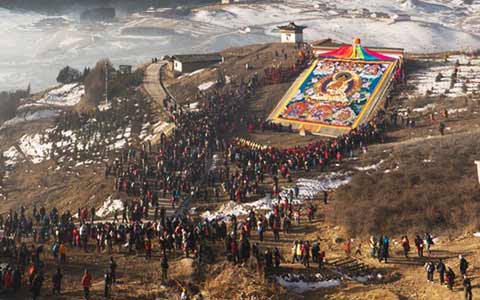
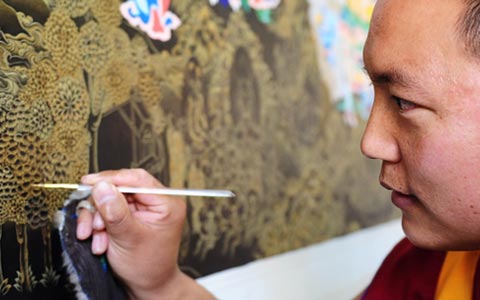
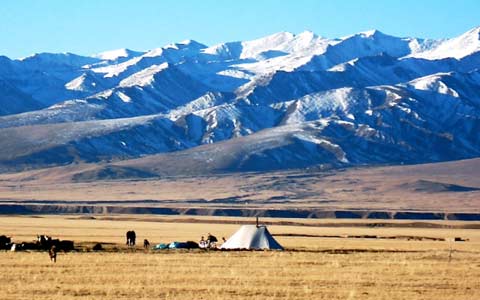
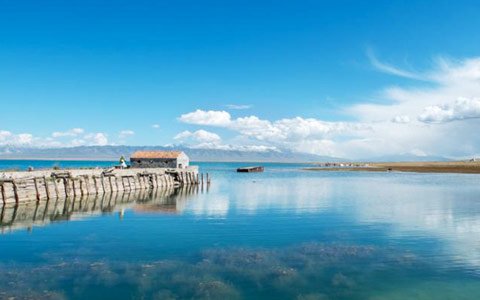

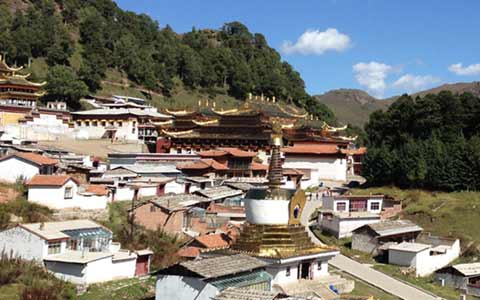
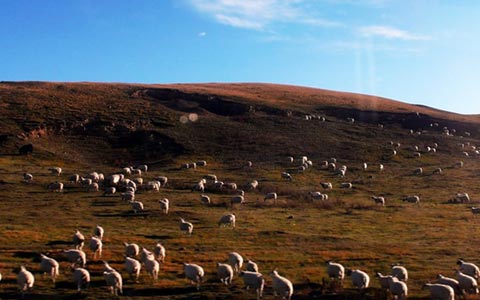





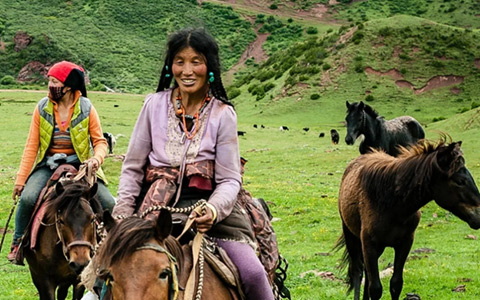



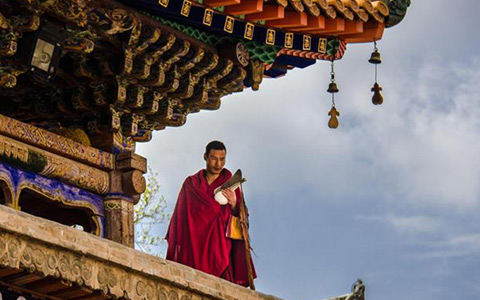











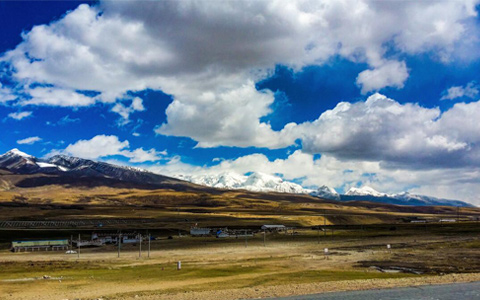
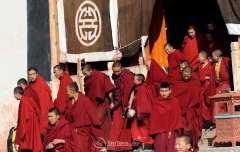
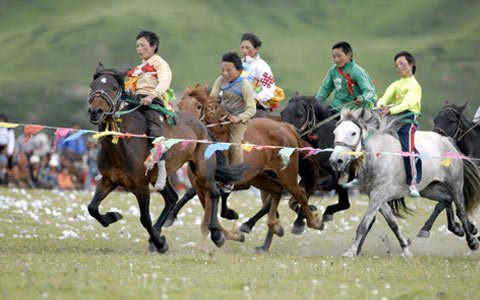
0 Comment ON "Amdo Tibet Tours"